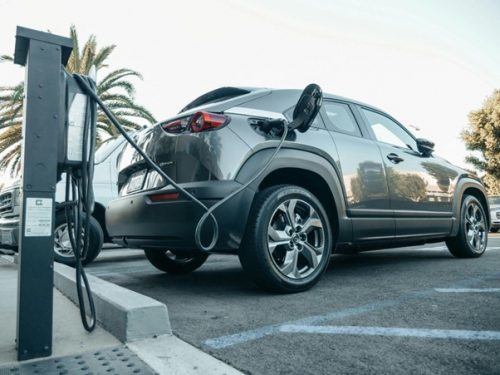
Stopping Distances Take the Test
Posted in: Car Insurance, Driving Tips.
The stopping distances test is an interactive way of checking your understanding of the safe distance to drive when following traffic in certain conditions, see what you know and try it now.
With the advent of ABS (Anti-Lock Braking) and EBD (Electronic Stability Protocol) and now AEB (Auto Emergency Braking) the latter is a very important design system in some new vehicles being manufactured today.

Photo by Justin Hamilton from Pexels
The majority of vehicles today have ABS but not all vehicles are equipped the latter two mentioned above, so we still need to rely on our planning and anticipation, a human skill which sometimes fails us, this is where stopping distances are vitally important when it comes to safe driving.
There are numerous situations and conditions that can affect a vehicle’s overall stopping distance, some of these are:
Rain on the road surface this can have an effect of increasing the overall stopping distance by a factor of 2.
New tarmacked road surface can increase your overall braking distance as your tyres cannot grip as effectively, this is usually recognised by advisory speed limit signs.
Snow and Ice will increase your overall stopping distance by a factor of 10, many people panic in icy conditions and apply the foot brake heavily and in some cases apply the handbrake (Parking Brake), neither are advisable as this could cause loss of control.
Tyres of your vehicle are extremely important when it comes to your vehicles overall stopping distance, the law states that they must have a tread depth in the main grooves of the tread surface of at least 1,6 mm. Also tyre pressure is important as this can affect your vehicles control, check your manufacturers guide on this, information is found in your vehicle handbook or on the side of your tyre.
Vehicle maintenance is a very important aspect of safe driving, regular servicing checks of your vehicle are recommended, brakes and suspension systems are key to car control and if your vehicle is 3 years old or more it may need an MOT.
If your brakes feel slack or spongy or the steering wheel pulls to one side, when applying them this is a sign that you have a problem with your braking system.
You as the driver are ultimately responsible for your vehicle, as mentioned previously planning ahead in the distance is key to reacting to ever changing risks and hazards that will demand you to make timely decisions.
Driving under the influence can affect the your response to developing hazards, so it is advised you do not drink or take drug’s and drive check rule 95 and 96 of the Highway code for clarification of these limits.
Alcohol will:
- give a false sense of confidence
- reduce co-ordination and slow down reactions
- affect judgement of speed, distance and risk
- reduce your driving ability, even if you’re below the legal limit
- take time to leave your body; you may be unfit to drive in the evening after drinking at lunchtime, or in the morning after drinking the previous evening.
The two second rule is an important gauge for driving at a safe distance from the vehicle in front, if you are not aware if this tool then it is very easy to implement, just pick a stationary object on the side of the road and as the vehicle in front passes it count off 2 seconds, like 1001, 1002 you should finish counting by the time you reach the object. This rule is increased by a factor of 2 when it is raining.
Enjoy driving, plan ahead and make your journey safe both for you, your family and those around you..
Tags: Stopping Distances












